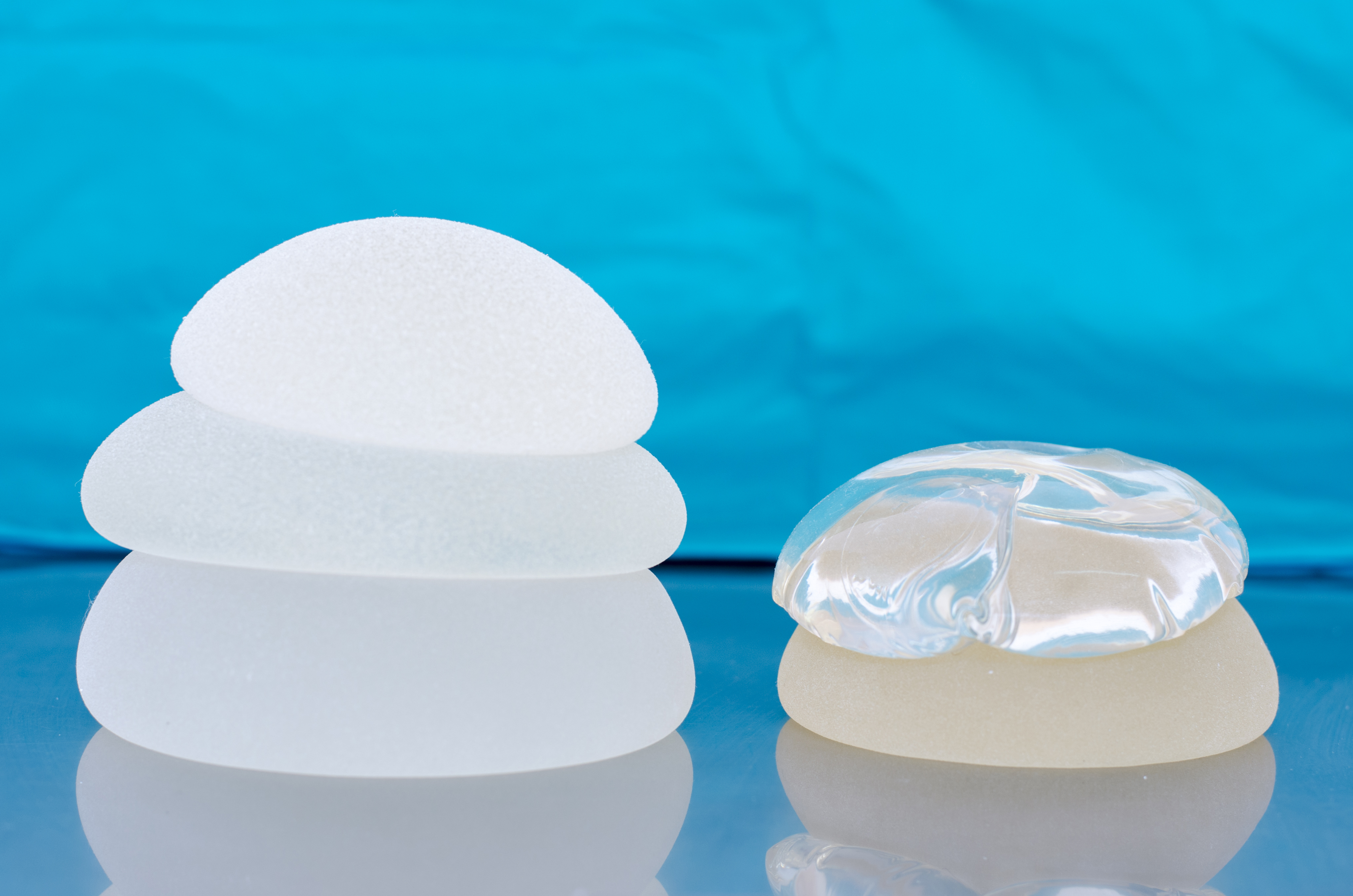 It goes without saying that any woman considering a tummy tuck in Tampa is concerned about the resultant scar. Dr. Traci Temmen’s patients routinely ask, “how long will my tummy tuck scar be,” and “how low will my tummy tuck scar be?” But in reality, what most patients really want to know is, “will my tummy tuck scar be covered by a bikini and normal underwear?”
It goes without saying that any woman considering a tummy tuck in Tampa is concerned about the resultant scar. Dr. Traci Temmen’s patients routinely ask, “how long will my tummy tuck scar be,” and “how low will my tummy tuck scar be?” But in reality, what most patients really want to know is, “will my tummy tuck scar be covered by a bikini and normal underwear?”
While it is impossible to speak for all plastic surgeons, or all patients for that matter, leading plastic surgeon in Tampa, Dr. Temmen, describes here a normal postoperative tummy tuck scar in her practice at Temmen Plastic Surgery.
Question: How long is a typical tummy tuck scar?
Dr. Temmen: For a normal-sized patient, with a BMI less than 30, my tummy tuck scars are usually ten to twelve inches long. For most patients, this tummy tuck scar is approximately one inch longer, on either side, than a C-section scar. By many standards, a tummy tuck scar of this length, similar to the length of a C-section scar, is the same length as a mini tummy tuck scar. I rarely extend a tummy tuck beyond the points of the hipbones and never extend a tummy tuck scar around the sides or back of a patient.
Question: How low is a typical tummy tuck scar?
Dr. Temmen: I generally place my tummy tuck scars five to seven centimeters, or two to three inches, above the top of the vaginal lips in the midline. Laterally, the C-section scar extends slightly superiorly, but almost never extends above the level of the hipbones. If a patient has had a previous C-section, I am usually able to place their tummy tuck scar at or slightly below their old C-section scar and then remove the C-section scar during the tummy tuck surgery.
Question: Is a tummy tuck scar covered by a bikini or underwear?
Dr. Temmen: For most patients, the resultant tummy tuck scar will be covered by bikini bottoms and/or normal underwear. Very thin patients, with relatively little excess abdominal skin, may have a tummy tuck scar that is slightly higher than normal and may be at least partially visible, particularly in the midline, in a standard bikini bottom or underwear. I can usually predict which patients will have a higher or longer tummy tuck scar than usual and forewarn these patients ahead of time.
Question: How long does it take a tummy tuck scar to heal?
Dr. Temmen: In general, it takes two to three months before a tummy tuck scar will be 80-90% as strong as the surrounding skin. The healing and appearance of a tummy tuck scar proceeds in a cyclical fashion. Initially, the scar will appear as a fine, fresh line. After several weeks, the scar becomes red, hard, and raised. Then after six months to one year, a tummy tuck scar will become softer, flatter, and will appear as a fine, white line. Because it takes so long to see the final appearance of a tummy tuck scar, most plastic surgeons recommend waiting at least six months to one year before considering any type of tummy tuck scar revision.
Question: What can I do to prevent or minimize my tummy tuck scar?
Dr. Temmen: Unfortunately, anytime a patient undergoes cosmetic surgery, there will be a scar. As a plastic surgeon, I try to make each tummy tuck scar as short, thin, and hidden as possible. To try to minimize the appearance of a tummy tuck scar, I recommend that my patients avoid sun exposure to their scar for one year. Sun exposure can cause scars to become darker and more noticeable.
Question: Are there any creams or ointments that can help my tummy tuck scar heal better?
Dr. Temmen: There isn’t one magic cream or “potion” that has been proven to make scars heal better or faster. If there were, everyone would use it. With that said, for patients that want to try a topical treatment for their tummy tuck scar, I usually recommend a silicone-based ointment. Topical silicone agents have been shown to decrease the appearance and soften all types of scars, not just tummy tuck scars. To learn more about all of the cosmetic surgery procedures Dr. Traci Temmen, a Board Certified Plastic Surgeon performs we encourage you to visit her website or contact her today: 813-771-6393





 Saline Breast Implants:
Saline Breast Implants: About Dr. Temmen
About Dr. Temmen Virtual Consultation
Virtual Consultation Testimonials
Testimonials Blog
Blog